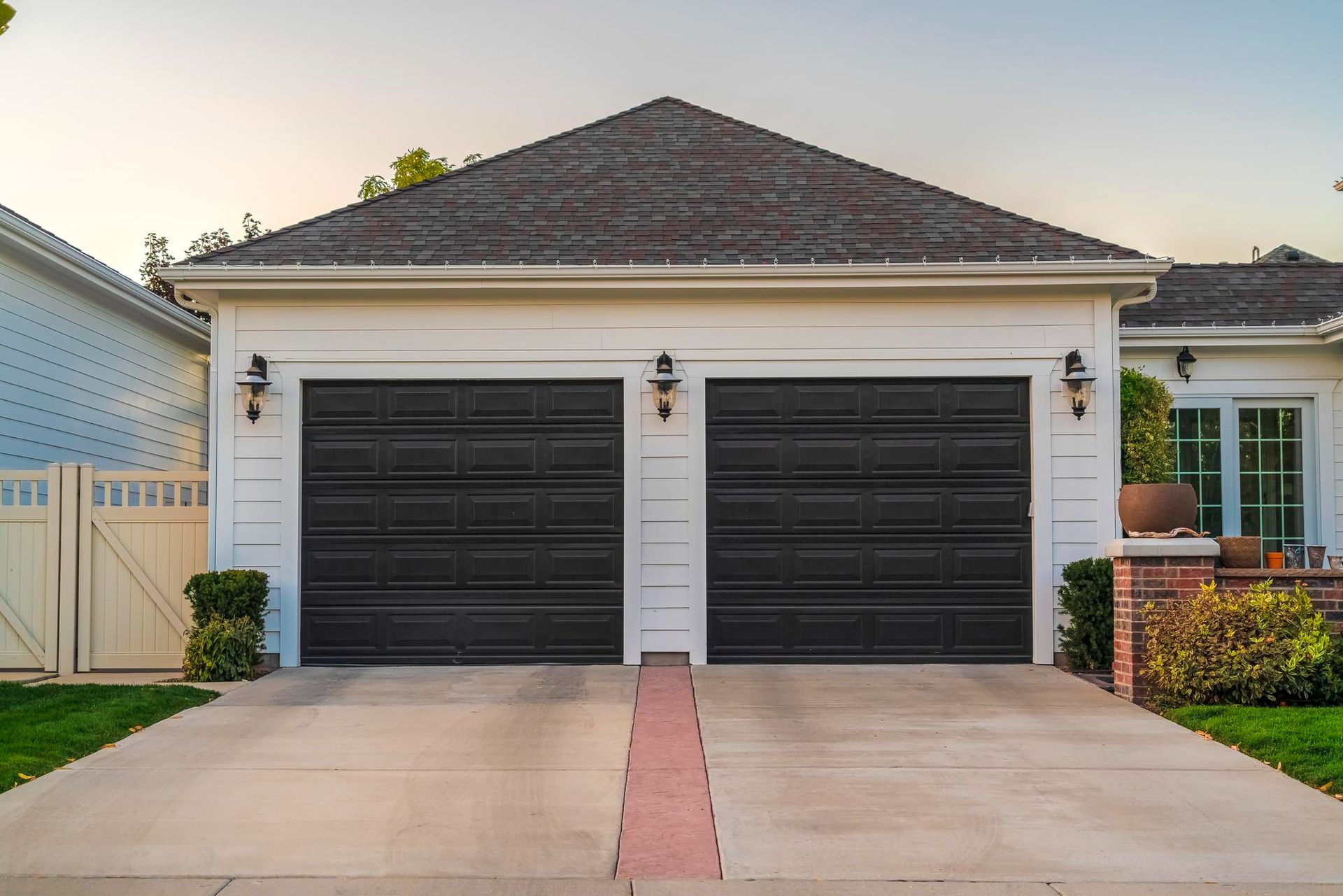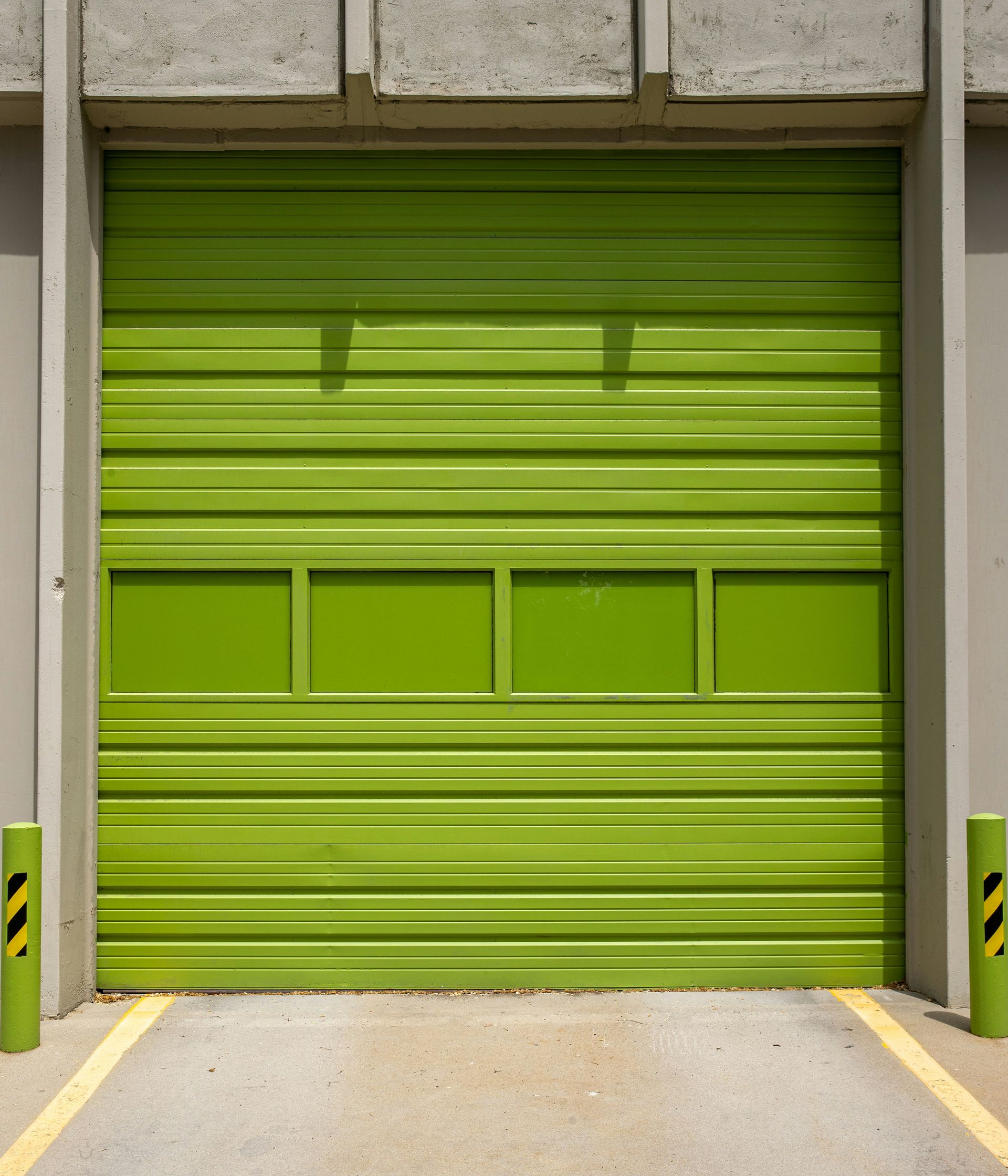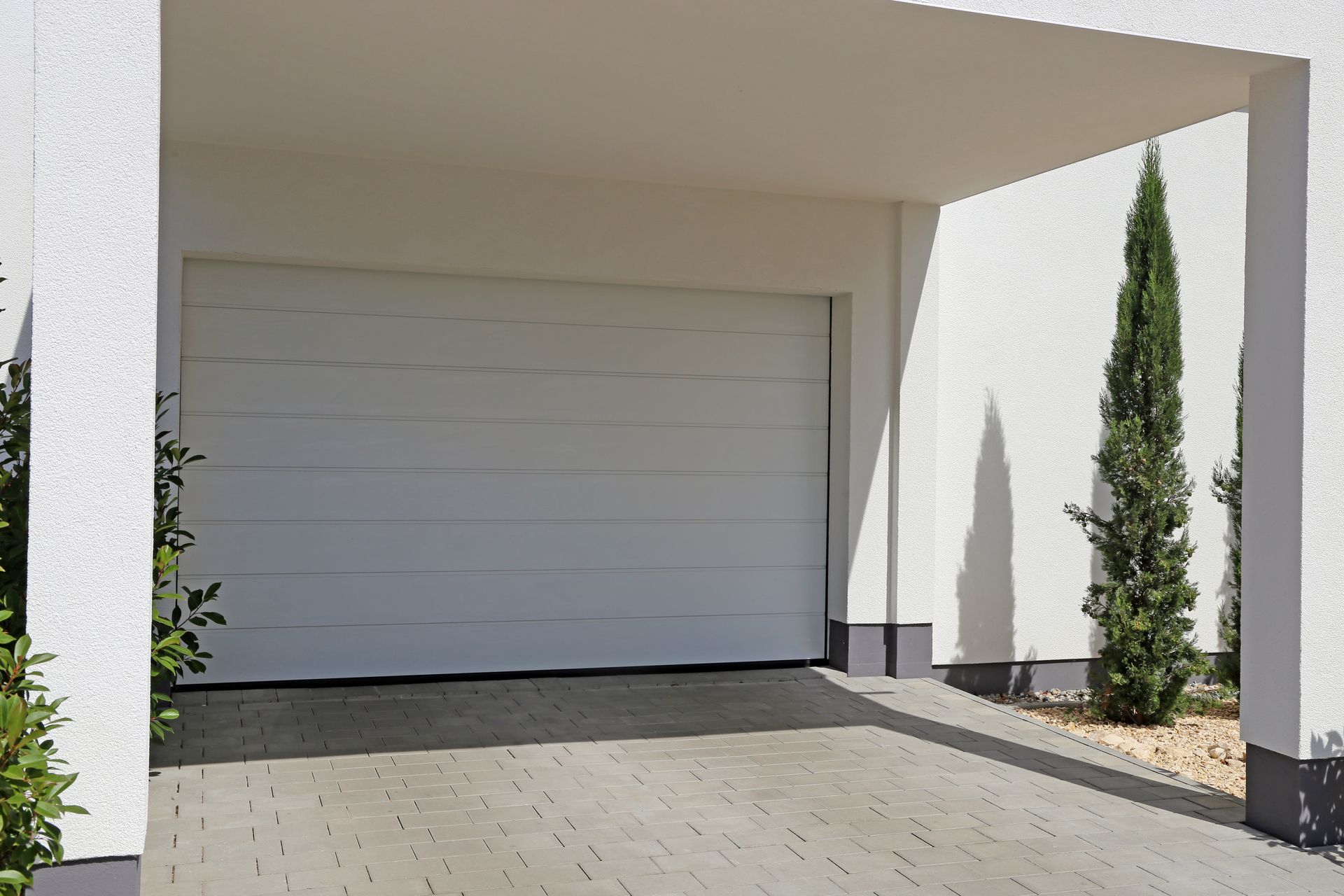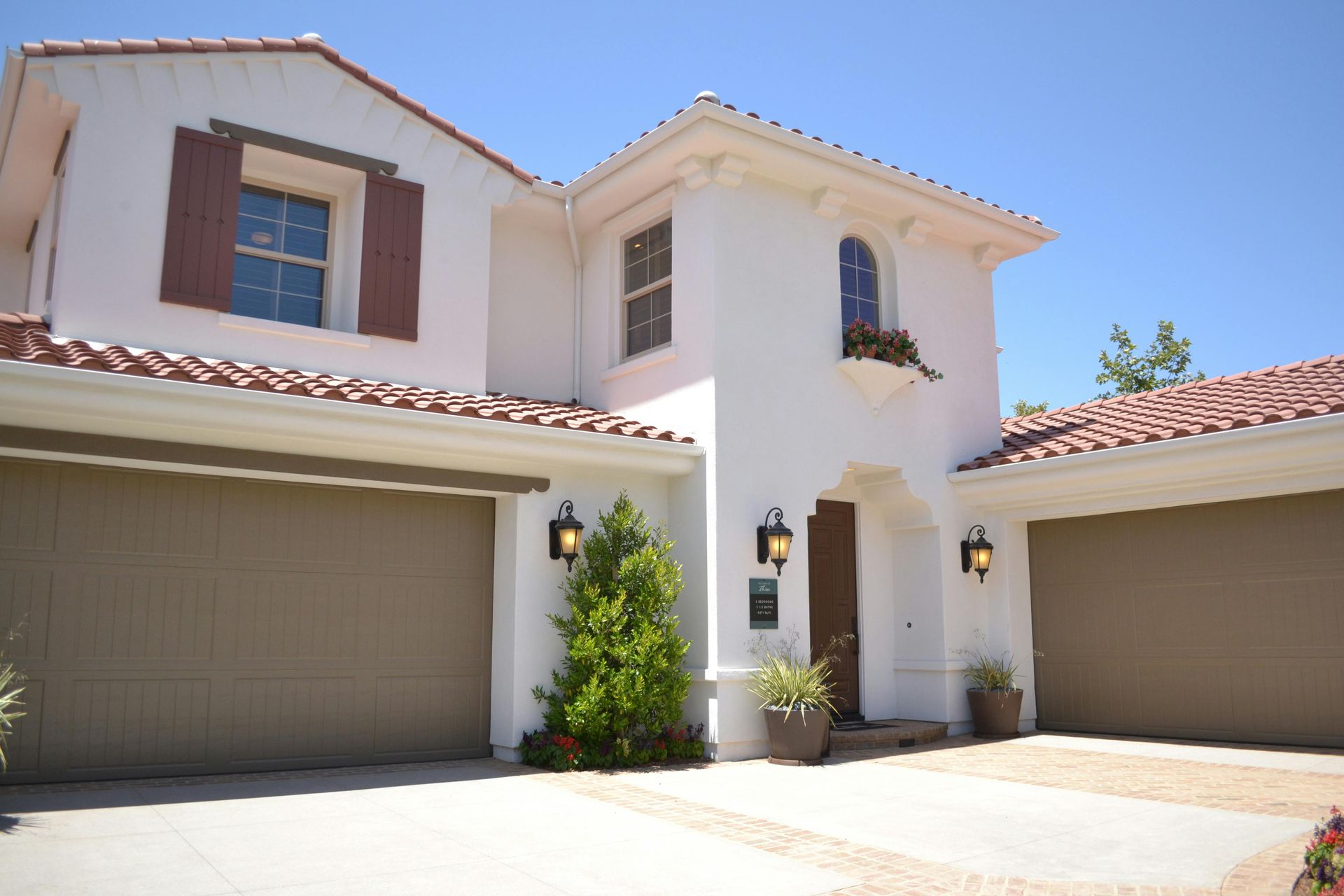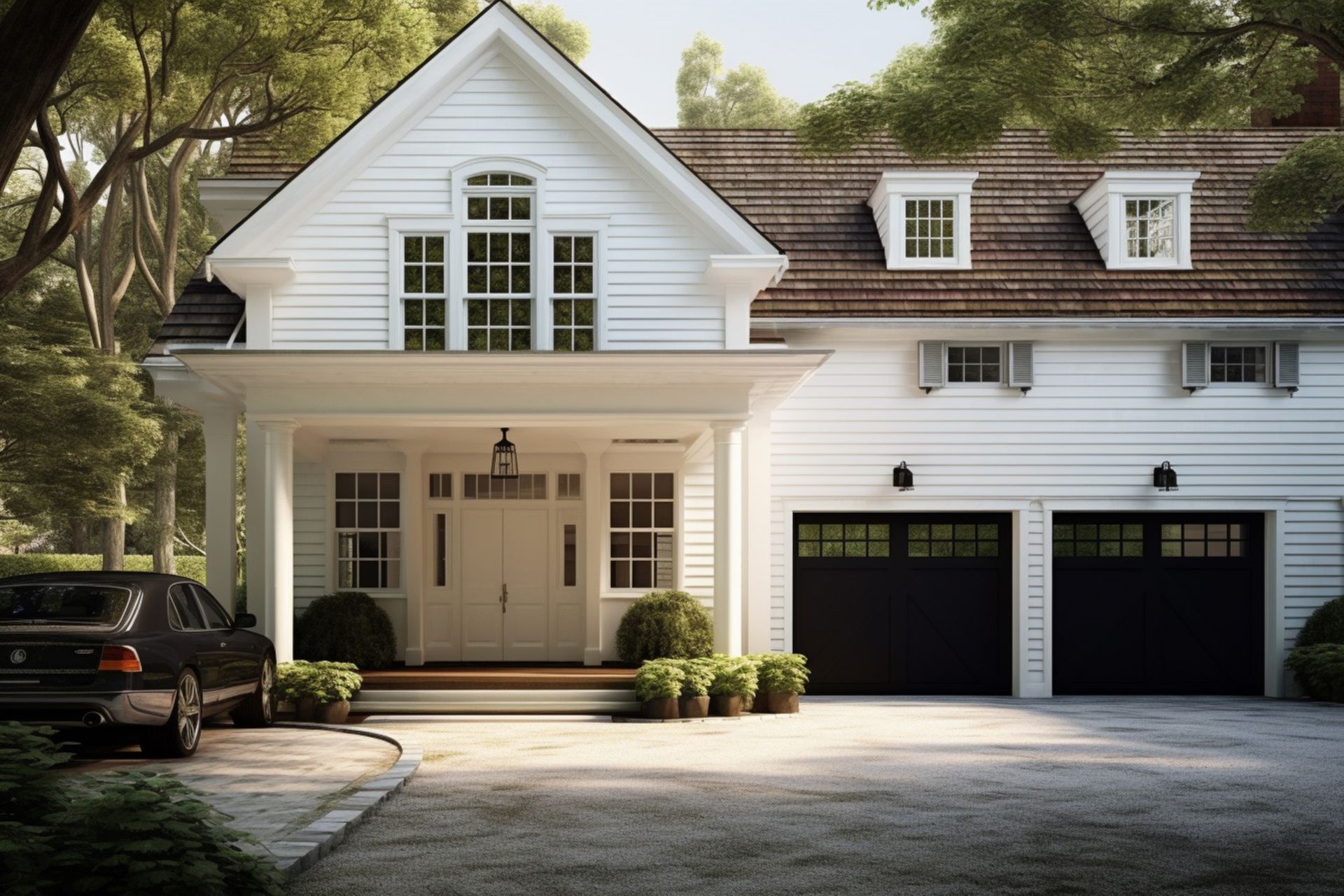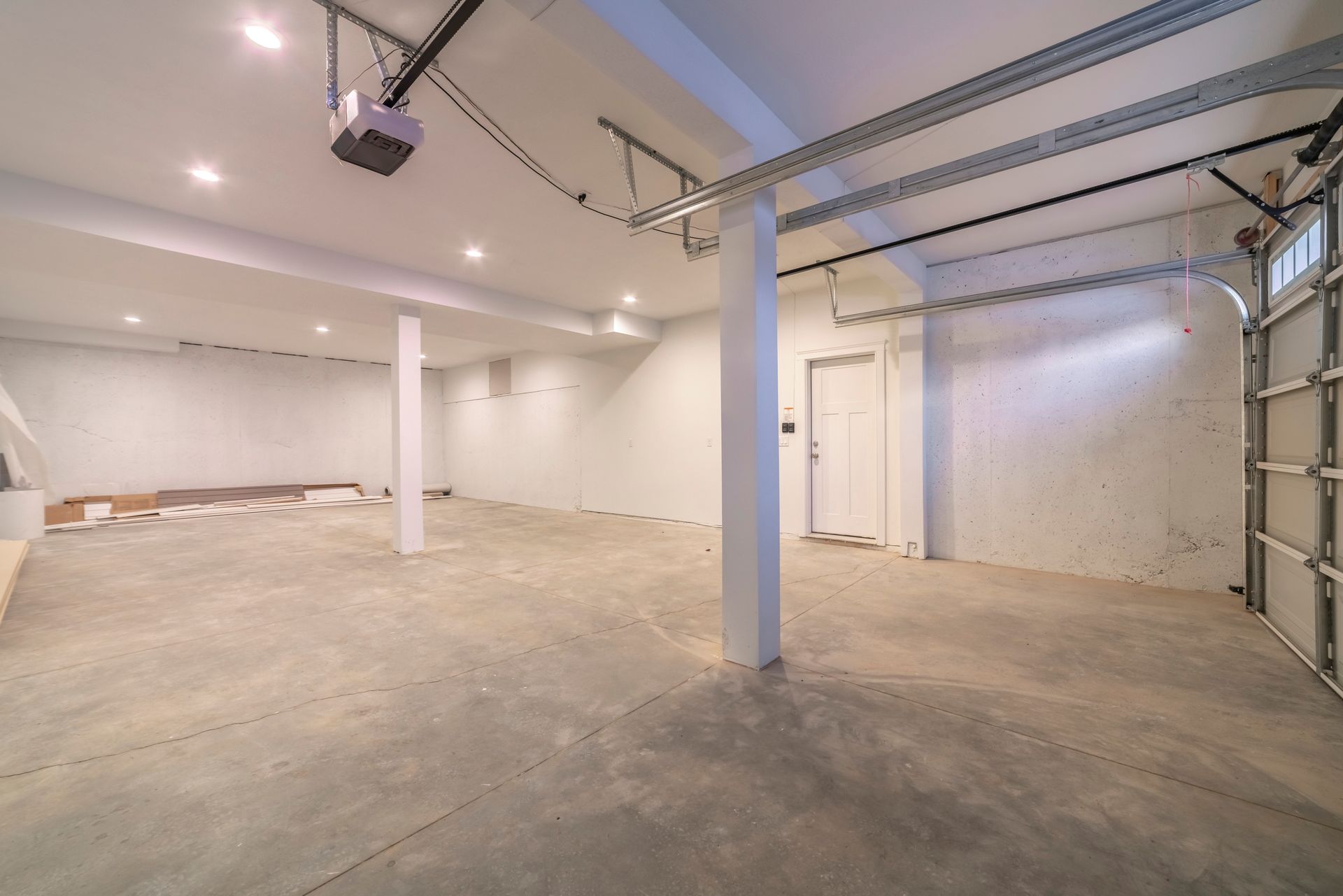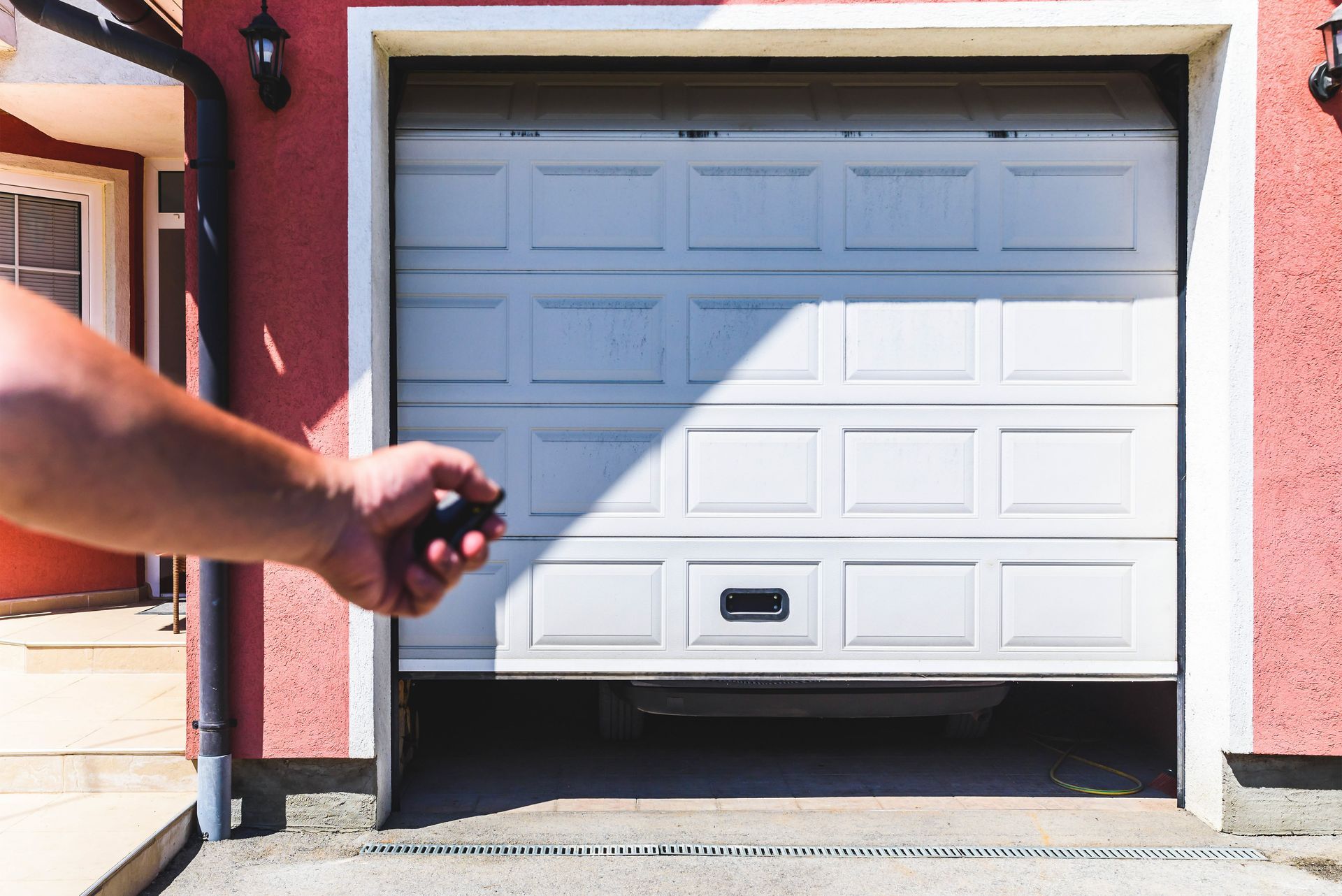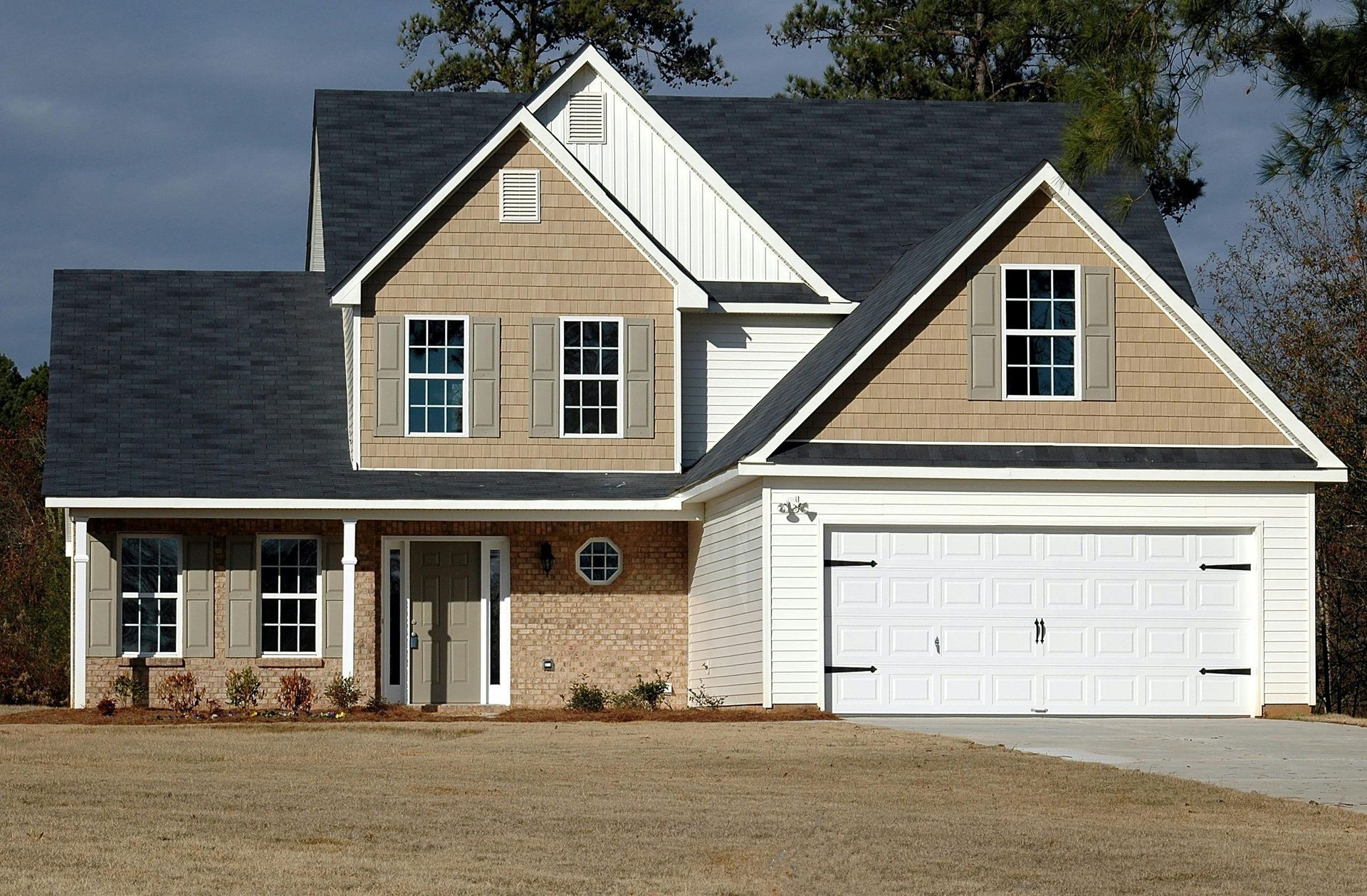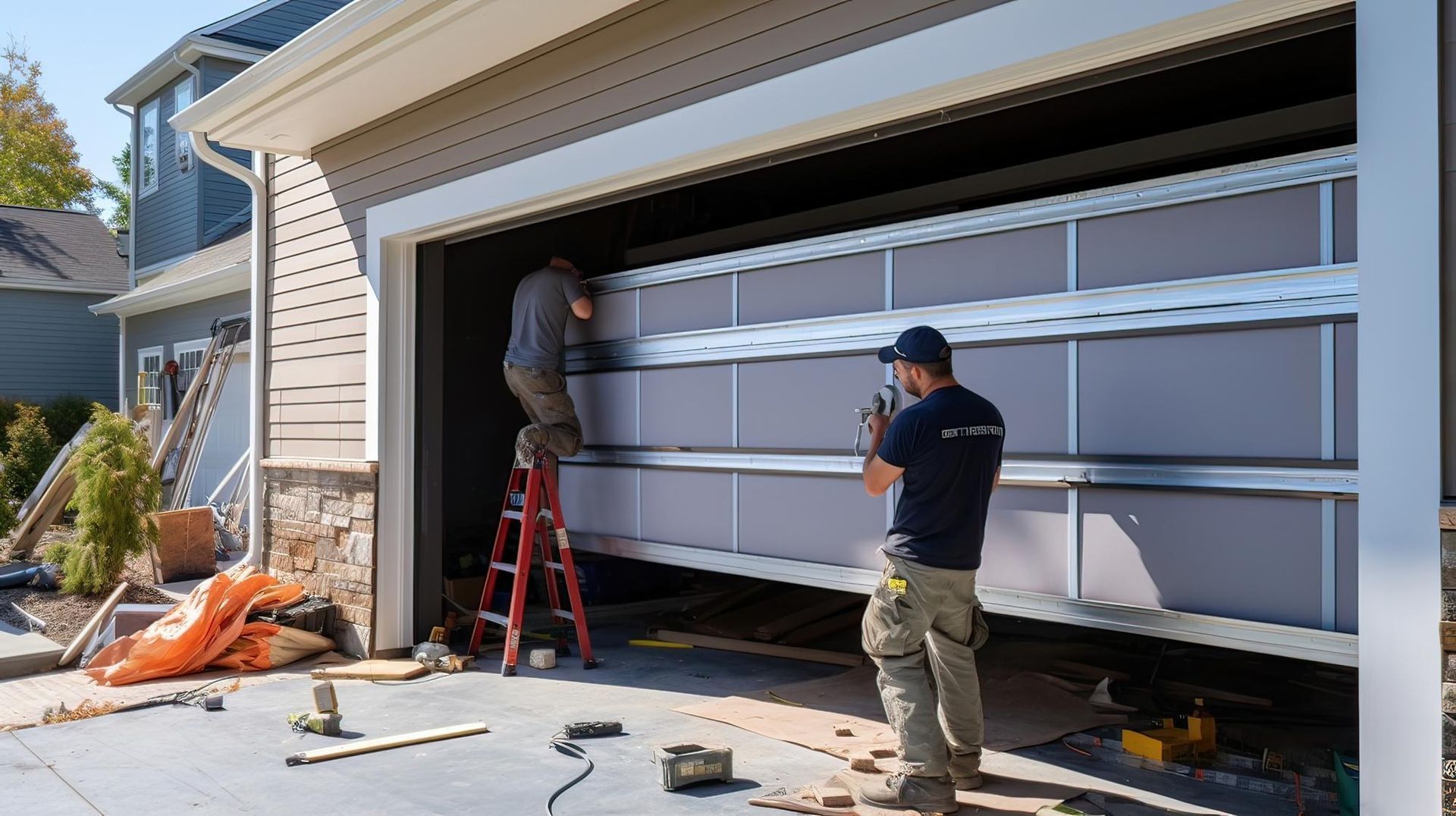How Do I Fix a Garage Door That Won’t Close All The Way?
We've all been there: You hit the button on your garage door remote, and instead of closing smoothly, your garage door halts halfway, leaving your car (and your sanity) trapped in limbo. It's frustrating, inconvenient, and let's face it—a little nerve-wracking if you're running late. But before you pull your hair out or start thinking your garage door has developed a mind of its own, let's troubleshoot.
In this post, we'll cover common reasons why your garage door won't close all the way, how you can fix it, and when it's time to call in the pros. Keep reading to get that stubborn door working again!
1. Why Won’t My Garage Door Close All the Way? Common Culprits Explained
So, why is your garage door acting up? There are a few usual suspects when your garage door refuses to close:
- Obstructions in the Door’s Path: Even something as small as a toy or a pebble can stop your garage door from fully closing. Many garage doors have built-in safety features that prevent them from closing if there’s something in the way.
- Dirty or Misaligned Sensors: The sensors near the base of your garage door tracks are responsible for detecting obstacles. If these sensors are dirty or misaligned, the door might stop halfway to avoid a "phantom" obstruction.
- Garage Door Limit Settings: Sometimes, your garage door opener's settings might need adjusting. The limit setting tells the door when it should stop moving. If it's set incorrectly, the door may think it's reached the ground when it’s actually still open.
- Broken Springs or Cables: These components work to lift and lower your door smoothly. When they wear out or break, your garage door may struggle to open or close fully.
The first step in fixing your garage door is identifying the root cause. Keep reading for more detailed steps to troubleshoot and repair the issue.
2. Step-by-Step Troubleshooting: How to Diagnose the Problem
Before you start fiddling with anything, it's important to take a systematic approach. Here’s a step-by-step guide to troubleshooting your garage door.
Step 1: Check for Obstructions
- Make sure nothing is blocking the path of the door. Look for small objects or debris along the tracks.
- Even spider webs can occasionally fool the sensors into thinking there's an obstruction!
Step 2: Inspect the Sensors
- Clean the sensors with a soft cloth to ensure they’re free of dust, dirt, or cobwebs.
- Check the alignment of the sensors. They should be facing each other with no blinking lights. If one or both lights are flickering or off, the sensors may be misaligned.
Step 3: Test the Garage Door Opener
- Use the wall-mounted button instead of the remote to see if the door closes. This helps you rule out remote issues like low batteries or signal interference.
- Check the garage door limit settings by following the manufacturer’s instructions. Adjust the limits until the door closes all the way without stopping.
Step 4: Inspect the Springs and Cables
- Look for visible damage or fraying on the springs or cables.
- If you notice broken parts, it’s time to call a professional. Fixing springs can be dangerous due to the tension involved.
If these steps don't work, don’t panic! You’ve still got options—read on for more DIY fixes and tips.
3. DIY Fixes You Can Try: Getting That Garage Door Moving Again
If the simple troubleshooting steps didn’t solve the problem, don’t worry. Here are a few more advanced DIY solutions you can try to get your garage door back on track (pun intended).
1. Realigning the Sensors
If you suspect your sensors are out of whack:
- Loosen the screws holding the sensors in place.
- Reposition the sensors until they face each other perfectly.
- Look for the sensor lights to turn solid, indicating they're properly aligned.
2. Adjusting the Travel Limits
Every garage door opener has an adjustment screw for the up and down travel limits. To adjust:
- Locate the limit adjustment screws on the motor unit (check your manual).
- Turn the down limit screw slightly in the correct direction to increase the door’s travel range.
- Test the door to see if it closes fully.
3. Lubricating the Tracks
A little grease goes a long way:
- Use a silicone-based lubricant to grease the tracks, rollers, and hinges.
- Avoid using WD-40, as it can attract dirt and dust.
- Regular lubrication keeps the parts moving smoothly and helps prevent future issues.
By following these steps, you may be able to solve the problem without breaking a sweat (or your garage door). But remember—if things seem out of your depth, it’s best to call a pro. Garage doors are heavy, and DIY repairs can be risky.
4. When to Call a Professional: Knowing When It’s Time to Ask for Help
Let’s face it: Some garage door issues require more than DIY elbow grease. If any of the following situations apply, it’s time to bring in the experts.
- Broken Springs or Cables: Replacing garage door springs can be extremely dangerous because of the high tension. Leave this job to professionals to avoid injury.
- Severe Door Misalignment: If your garage door looks crooked or is pulling unevenly, you might have a more complex problem, like a bent track or broken panel.
- Repeated Sensor Issues: If you've cleaned and aligned your sensors multiple times and the problem persists, you may have faulty sensors or wiring issues that require professional diagnosis.
- Motor Problems: If you hear grinding, excessive noise, or the motor is running but the door isn’t moving, the opener itself might need repair or replacement.
Attempting to fix these issues on your own could result in more damage—or worse, a personal injury. So, when in doubt, call the pros to get the job done safely and efficiently.
Contact Cristo’s Garage Door for Professional Garage Door Services in Fresno, CA
If your garage door still won’t cooperate after all your hard work, it's time to call in the experts. At Cristo's Garage Door, we offer top-notch repair and installation services for both residential and commercial garage doors. Our experienced team in Fresno, CA and the surrounding areas is ready to diagnose and fix any issue, from stubborn doors to complete installations.
Don’t let your garage door frustrations build up.
Call us today at
(559) 320-5158 to schedule an appointment. Our skilled technicians will ensure your garage door works like new, providing peace of mind and smooth operation for years to come. We’ll take care of the heavy lifting—literally!
FAQs
Why does my garage door close halfway and then stop?
Your door may be encountering an obstruction or the safety sensors may be misaligned, which prevents it from closing fully.
Can cold weather affect my garage door’s operation?
Yes, cold weather can cause metal components to contract and lubrication to stiffen, making the door harder to open or close.
Why do my garage door sensors have blinking lights?
Blinking lights usually indicate that the sensors are misaligned or that something is obstructing their path.
How often should I lubricate my garage door?
It’s recommended to lubricate your garage door parts at least once every six months to ensure smooth operation.
Can I replace garage door springs on my own?
It’s not advisable. Garage door springs are under high tension and can cause serious injury if not handled properly. Always call a professional.
